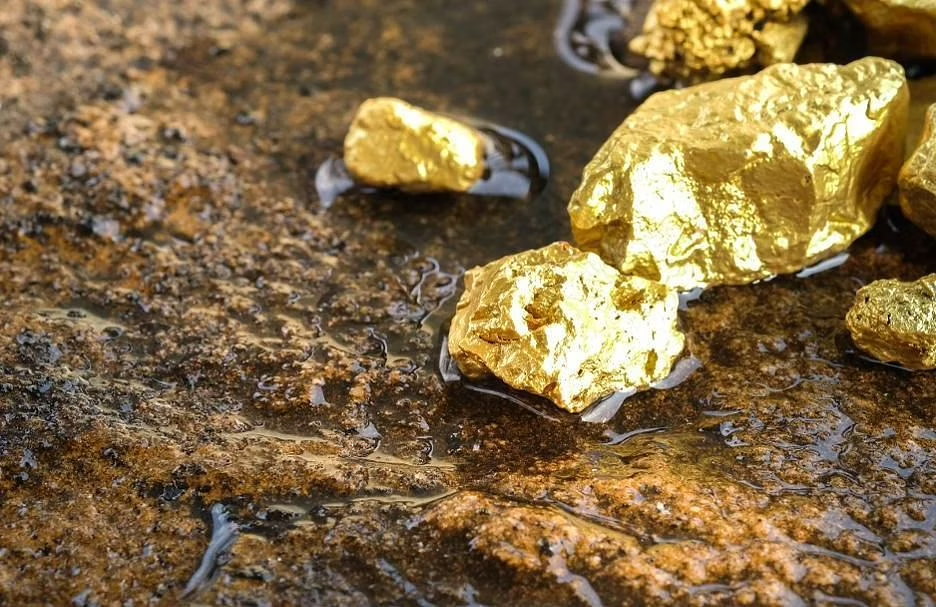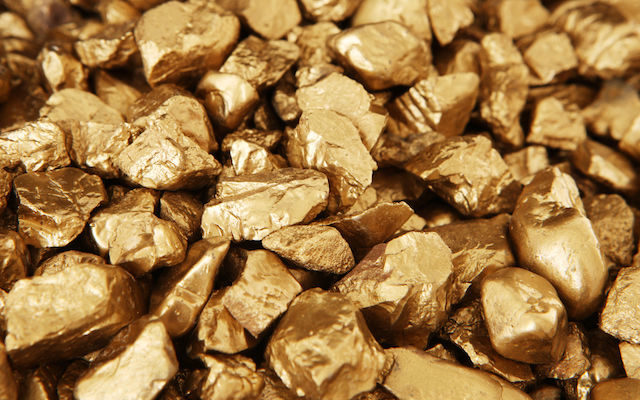In the early stages, miners dug with very simple tools. Mine shafts have been dug out by the hand or with tools made of stone, which took a long time. In the end, fire was used instead of a pick and hammer to clear tunnels faster and get to deeper levels. By piling up logs next to rock face and setting them on fire, the rock was weakened and split.
In the Middle Ages, when explosives were used to break up big rocks, mining technology took another big step forward. Black powder probably came to the West from China. In the middle of the 19th century, dynamite finally took the place of black powder. At the same time, motorized mining tools like drills, lifts, and steam-powered pumps were getting advanced.
Because of the Industrial Revolution, mining and explosives equipment got better. The mechanical drill powered by pistons and later by compressed air made it much easier and faster to mine hard rock. There were also changes to other mining methods. Loading and hauling jobs that used to be done by hand are now done by the electric conveyors, vehicles, mine cars.
Water getting in was fixed by pumps that were powered by steam. Gas lamps and then battery-powered lamps were better than candles and oil-wick lamps. Mining techniques have changed a lot because of mechanization and new technology.
Why Is Gold Valuable?

Over the course of thousands of years, the general public’s perception of gold’s monetary value has ingrained. Because gold was so important in making the world’s first coins, it played a long-lasting role which kept it at the center of the world’s currency markets until about 50 years ago.
For the first payment systems, Gold traders and merchants needed physical units that they could trade with each other. Precious metals are perfect for this job. This meant that goods might be traded in concept without having to be delivered immediately. It also created a unit of exchange which was accepted by everyone and could be used to trade goods of the same kind.
General Mining Act Of 1872
The ongoing controversies about the General Mining Act of 1872, and is still the governing law addressing mining activities, put into sharp relief the tensions that exist between mining and the growing growth of the population. For the most part, it seems the majority of the news we hear about mining is negative.
However, it is essential to keep in mind how significant mining is to the advancement of the civilization and the maintenance of the current way of living. It is interesting to consider how people arrived at the perception of mining that they have now because, for the majority of the history, mining has been given priority over the vast majority of other activities.
Where Does Gold Come From ?
Gold is found all over the geologic world, so many different people and groups have found it in many different places. And almost everyone who discovered it were impressed by it, as was the culture that was growing around them.
Gold was first metal that most people knew about. When we think about the history of technology, people tend to think that the developments of iron and copper were the most important for economic and cultural progress, but gold was invented first.
Gold is the most easy metal to work with. It is almost completely pure and easy to work with, while most other metals are usually found in ores that are hard to smelt. Gold was used as a decoration in the beginning, and its shine and durability (it doesn’t rust or tarnish) made early people think of gods and royalty.

